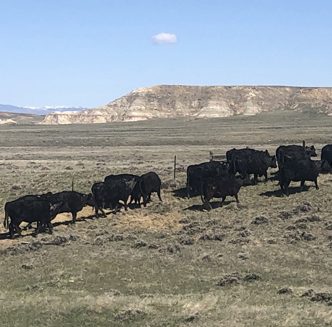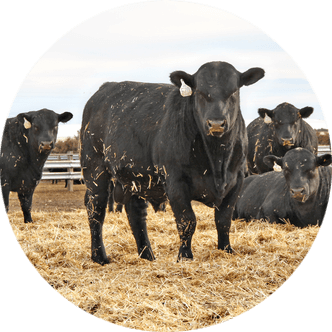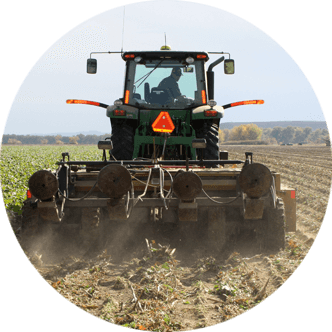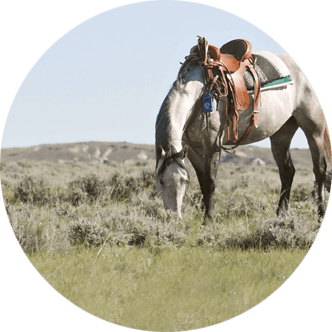USDA Ag Agenda: Rollins announces farming initiatives and teases plans to rebuild U.S. cow herd
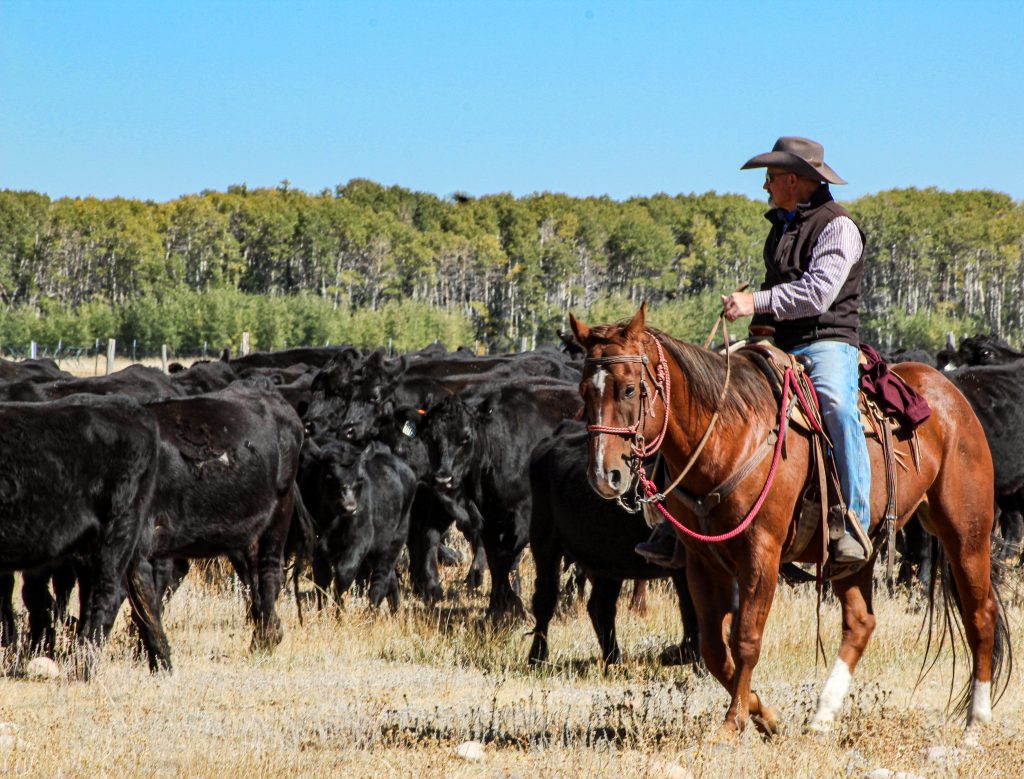
On Sept. 25, U.S. Secretary of Agriculture Brooke Rollins spoke during the U.S. Department of Agriculture’s (USDA) Agricultural Outlook Forum in Kansas City, Mo., unveiling a suite of initiatives aimed at strengthening the farming industry and a strategy to rebuild the nation’s historically low beef herd.
“President Donald Trump has made it clear – America’s farmers and ranchers will never be left behind. The success of our farmers is a national security priority, and at USDA we are looking at every option to ensure the future viability of American agriculture,” Rollins said.
MOU
According to the corresponding press release, USDA signed a memorandum of understanding (MOU) with the U.S. Department of Justice to represent both agencies’ commitment to understanding and protecting U.S. ag producers from “burdens imposed by high input costs,” while also ensuring supply chains remain competitive, consumer prices remain low and the U.S. food supply remains resilient.
USDA notes, “U.S. farm production inputs are significantly more costly than four years ago, putting pressure on farmers’ bottom line. Between 2020 and now, seed expenses have increased 18 percent, fuel and oil expenses increased 32 percent, fertilizer expenses increased 37 percent and interest expenses increased by a whopping 73 percent.”
The department mentions labor costs have increased 47 percent since 2020 as well and says it will work with the U.S. Department of Labor and U.S. Department of Homeland Security to make the H-2A visa program more affordable and accessible for producers.
“The last administration’s policies drove up inflation and ignored the needs of farmers and ranchers. The cost of doing business for producers has increased drastically, and commodity prices slumped,” Rollins said. “The Trump administration is holding these companies accountable and will investigate why input prices have not come back down. Relief is already reaching farms and ranches, but more help is still needed.”
Broader farming agenda
In an effort to provide relief to the nation’s farmers, Rollins rolled out several new and revamped programs for crop and row crop producers.
First, USDA pledged to expand market access programs in an effort to bolster exports of U.S. commodities. In fact, an additional $285 million per year was included in Trump’s One Big Beautiful Bill to help American ag expand to overseas markets through trade promotion and facilitation.
“While the funding does not kick in until next year, USDA will repurpose Biden-era funding to kickstart this program one year early, with $285 million available on Oct. 2, launching the America First Trade Promotion Program to expand market opportunities for American agricultural products,” the press release reads.
After expediting emergency aid payments of more than $8 billion to over 560,000 farmers since March, the second initiative includes providing $2 billion in remaining funding for the Emergency Commodity Assistance Program (ECAP), as well as purchasing more than 417,000 metric tons of American-grown commodities to support international food assistance programs.
Simultaneously, USDA will invest $480 million to purchase commodities from American farmers for international food assistance programs like the McGovern-Dole International Food for Education and Child Nutrition and Food for Progress.
“These purchases will provide critical school meals and nutrition projects in countries such as Benin, Honduras, Mozambique, Pakistan and Senegal, while also removing trade barriers and ensuring market access for U.S. agricultural exports in countries including Colombia, Ethiopia, Kenya, Vietnam, Nigeria and Nepal,” USDA explains.
The fourth and final initiative is aimed at helping producers offset higher input costs and falling commodity prices through ECAP funding.
The department vows to deliver the remaining $2 billion in ECAP funding to approved producers, bringing the final payment factor to 99 percent.
“In addition to ECAP, USDA has provided more than $2 billion through two rounds of Emergency Livestock Relief Program assistance to livestock producers impacted by drought, wildfires and floods,” the department notes. “Producers have also received over $5.5 billion through Stage One of the Supplemental Disaster Relief Program, with Stage Two assistance to be announced in October.”
Rebuilding the cow herd
In regards to livestock, Rollins noted the U.S. cattle inventory has fallen to its lowest levels in decades, as a result of prolonged drought, high production costs and widespread herd liquidation.
During her remarks at the Agricultural Outlook Forum, Rollins said this trend is “a national concern for food security” and warned that America can’t afford to be complacent about its beef supply.
While Rollins noted a more detailed strategy – developed with the help of the U.S. Department of the Interior (DOI) – will come out in the middle of October, she hinted that USDA intends to expand grazing access on working and federal lands, strengthen risk management tools such as insurance and marketing programs to give ranchers more certainty in volatile markets and enhance animal health safeguards, especially with New World screwworm creeping closer to the Southern Border.
However, to the dismay of many producers, Rollins said the USDA’s plan will stop short of offering direct subsidies or payments to incentivize cattle producers to expand the national herd.
“There’s been a lot of speculation about this in the news in the last couple of days. We have no current plans to offer any payment to beef producers,” Rollins said. “We see how the government getting involved can completely distort the markets so, currently, there will be no plan – and no plan is even under consideration – to insert ourselves through payments into the beef cattle industry.”
Rollins also acknowledged the rebuild will be slow.
“Our cattle inventory cannot be rebuilt overnight, but we can put the conditions in place to make it possible,” she said.
Rollins concluded, “Despite the ongoing storms, I am confident our best days in American agriculture are truly ahead. American farmers produce the most nutritious, safe and high-value food in the world, and USDA is proud to stand with them at home and abroad.”
Hannah Bugas is the managing editor of the Wyoming Livestock Roundup. Send comments on this article to roundup@wylr.net.

